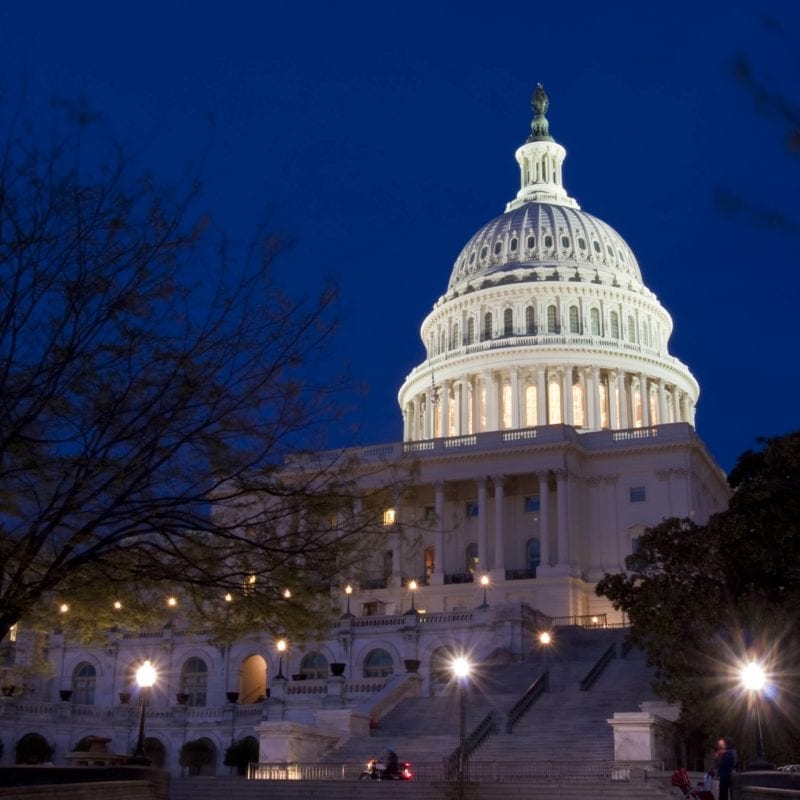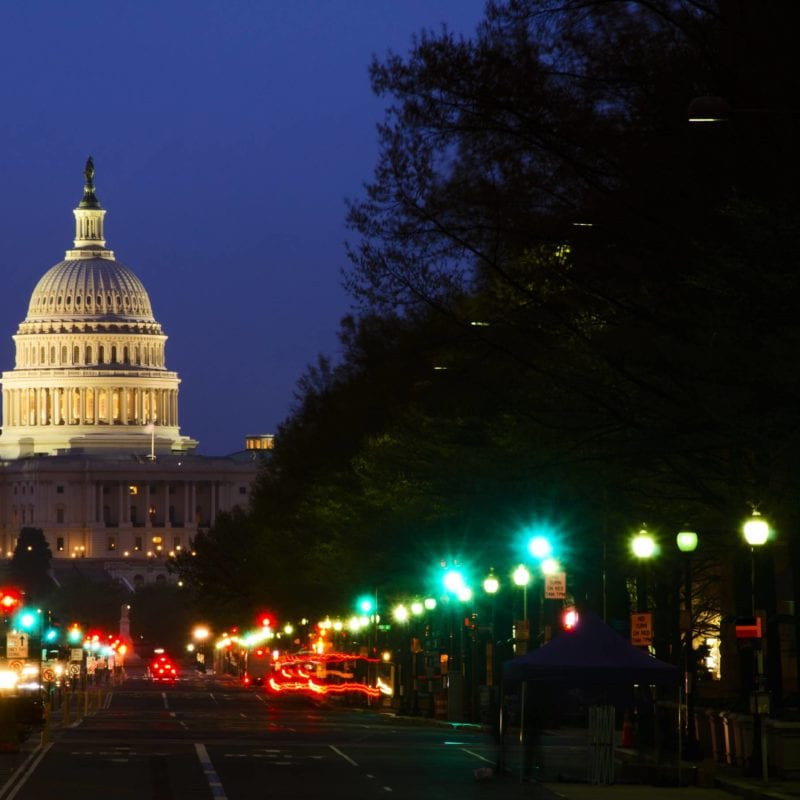
 Heralding a coming-of-age of sorts for a community, two Hindu Americans were embroiled in a bruising election battle in the Bay Area. Vying to represent a demographic within the greater San Francisco Bay Area that has a quarter of a million Indian Americans, Ro Khanna and Vanila Singh sought to unseat the long-time incumbent, Congressman Mike Honda, in what would be a unique American election story indeed.
Heralding a coming-of-age of sorts for a community, two Hindu Americans were embroiled in a bruising election battle in the Bay Area. Vying to represent a demographic within the greater San Francisco Bay Area that has a quarter of a million Indian Americans, Ro Khanna and Vanila Singh sought to unseat the long-time incumbent, Congressman Mike Honda, in what would be a unique American election story indeed.
Yet Yasha Levine’s coverage here at Pando sought to weave this candidacy of Khanna and Singh within a greater narrative of the recent elections in India. Noxious sympathies to mass murder, marauding Hindu mobs, and extremist Hindu nationalism in India were affixed upon local Hindu temple leaders in the Bay Area that support Khanna and Singh, and even conflated with the advocacy work of the Hindu American Foundation (HAF), the largest Hindu advocacy organization in the United States that has worked in varying capacities with all of the candidates. American electoral history was marred by the suspicion that then candidate John F. Kennedy faced in the early 1960’s — that a Catholic President would take orders from Vatican City, and Levine’s cynical coverage seemed to confer a similarly unique burden upon two Hindu candidates.
Even more, Levine’s piece came close on the heels of an advertising blitz by the labor-funded group Working for Us that targeted Khanna with a photo of him on a flyer decrying outsourcing. The ads are being seen as a racially coded dog-whistle to xenophobia and racism, and one may wonder as to the optics of a Pando piece targeting the only two candidates in a diverse race that happen to be Hindu and of Indian origin.
While Levine extensively interviewed and quotes leaders of an Indian Muslim group that actively worked to oppose the Hindus in the race, Levine made no attempt to contact staff or co-founders of the Foundation that he went on to malign. HAF was denied agency in Levine’s reportage, and his polemic contentions go uncontested. A dialogue with Levine was begun, yet he refused to add an addendum to his piece nor correct errors of fact. Herein is an initial effort to give voice to a perspective shunned:
Accusations Against the Hindu American Foundation
Levine:“HAF is a US lobby outfit created with the ostensible goal of fighting misconceptions and helping Americans understand Hinduism.”
HAF is a 501(c)3 advocacy organization and the only Hindu organization to be professionally staffed (8 full-time staff) with a permanent office in Washington D.C. Misrepresentation of the Foundation’s work as lobbying puts the the organization’s tax-exempt status in jeopardy and Levine should have known better.
For eleven years, the Foundation has published a guide on the basics of Hinduism and a media toolkit and advocated for such non-controversial resolutions as Hindu American Awareness & Appreciation Month or Congressional Diwali Resolutions. After the Foundation launched the highly successful campaign to educate Americans about the Hindu roots of yoga, the New York Times described HAF as the “the first major national advocacy group looking at Hindu identity.” Levine may term such tangible activities as “ostensible,” but HAF’s record does render such epithets a bit trite.
Levine: ““But the group [HAF] has a strong Hindu fundamentalist bent, and extensive ties to India’s Hindu supremacists.”
To buttress this sensational claim of fundamentalism, Levine links an article by the writer Zahir Janmohamed — who is a long-time critic of HAF, but whose piece is actually much more nuanced than Levine’s effort. And while Levine did not mention that Janmohamed specifically lauded HAF’s advocacy work and the need for HAF”s advocacy on behalf of two million Hindu Americans,he also failed to link or mention a piece that Suhag Shukla, Esq., HAF’s Co-Founder and full-time Philadelphia-based Executive Director and Legal Counsel, wrote in the same Indian news outlet rebutting the very accusations of extremism that Levine parrots.
It would be quite a progressive strain of Hindu fundamentalism or extremism that would allow HAF to adopt such “extremist” positions as supporting marriage equality, releasing a position paper on a Hindu understanding of homosexuality, condemning Indian laws criminalizing homosexual relations , joining diverse coalitions in support of access to contraception, releasing an annual Hindu human rights report or affirming the ideal of religious liberty. Nor has HAF ever called for a Hindu nation or state or any type of “Hindu law” to guide daily life. If HAF was the face of Hindu fundamentalism — whatever that really means — should any candidate run away from those positions?
Levine: “Khanna courted the pro-Modi Indian-American community and spoke at Hindu American Foundation (HAF) events.”
When Khanna spoke at an HAF sponsored event, he only joined dozens of serving members of Congress. Last September, U.S. Representatives Honda, Tulsi Gabbard, Eric Swalwell, candidate for Congress Khanna, CA State Senate Majority Leader Ellen Corbett, and other elected officials attended HAF’s annual Northern California Gala Dinner. Click here for a short video of that event. HAF has also worked with Congressman Ed Royce and this year, HAF worked closely with Congressman Honda’s office to introduce the Freedom of Faith Act that makes permanent the Religious Worker visa program.
All of this speaks to diverse coalitions HAF has built and the credibility the organization enjoys predicated on a decade of advocacy. It is interesting that of all of those that attended or allied with HAF in various endeavors, only Khanna for his speech, or Singh for her volunteering with HAF prior to her candidacy, are singled out for Levine’s unique censure.
Levine:“In 2005, HAF sued the State of California in order to censor and revise California’s 6th grade textbooks on Indian history in line with Hindu nationalist ideology, which included whitewashing the oppression and exploitation built into the caste system and downplaying the unequal treatment of women in ancient Vedic society.”
The Foundation did sue the California State Board of Education in what became a landmark event in Hindu American history in 2005. The lawsuit was entirely about inequity in the way Hindu parents and groups were dealt with during the the school textbook adoption process. HAF’s position was that Hinduism was exoticised, eroticised, and projected unfairly in comparison to how other religions are portrayed in California’s sixth grade textbooks. HAF prevailed on the merits of the suit as the judge did find that procedural due process was unfairly denied Hindu parents, though he did not throw out the books which had been adopted through the flawed process.
In the spurious claim that HAF tried to “whitewash” Hinduism, Levine cites an amicus brief written in opposition to HAF’s lawsuit by a defunct group that was rejected by Judge Partick Marlette of the California Superior Court outright for lacking merit and relevance. The Hindu American Foundation (HAF) argued that the amicus brief did not provide “any substantive legal nor adequate factual support for the assertions contained in their proposed brief, relying instead on materials that are not properly subject to judicial notice, as well as several irrelevant and highly objectionable declarations.” Judge Marlette agreed.
Rather than hurl tired, provocative labels of “nationalist” or” extremist” or “fundamentalist” or “downplaying unequal treatment of women” at HAF’s diverse portfolio of advocacy, perhaps it would be easier to actually link the edits that HAF did submit and let readers decide where on the spectrum of Hindu extremism they belong.
Levine: “The group criticized Wendy Doniger’s critically acclaimed book “The Hindus: An Alternative History.” HAF’s criticism was inline with those of Hindu supremacist organizations in India, who succeeded in bullying the publisher and getting the book pulped.”
HAF leaders categorically opposed the decision to “pulp” Prof. Wendy Doniger’s deeply flawed rendition of Hinduism, and HAF leaders authored articles engaging Doniger on open fora and an online debate at the Washington Post as to the merits of her alternative portrayal of Hinduism. HAF’s critiques of Doniger’s books are unique and encapsulated also within its challenge to the American Academy of Religions over the absence of standards of academic integrity that exist in nearly every major discipline within the liberal arts. Even more, several academics, hardly those tarred by the Levine brush of “Hindu supremacist,” similarly criticised Doniger’s book on its myriad interpretive errors and reckless disregard for the sentiments and beliefs of Hindus that actually practice the religion Doniger sees as a canvas for her Freudian frolicking.
Allegations of Endorsement of Narendra Modi
Levine: “It [HAF] has been vocally lobbying on Modi’s behalf”.
“When local Hindu community leaders wanted to invite Modi to inaugurate the newly renovated Hindu temple in Fremont, Khanna signed onto a letter by HAF asking Congressman Honda to reconsider his anti-Modi stance.”
We come now to the focus on the newly elected prime minister of India, Mr. Narendra Modi. What Levine fails to distinguish, or simply ignore, is that HAF, Khanna, Singh, nor Honda have never endorsed any candidate for election in India. The only issue that the Foundation or the candidates addressed vis a vis Modi was exclusively the continuation of Modi’s visa denial after the Supreme Court of India’s Special Investigative Team (SIT) comprehensively absolved Modi of any involvement in the riots in 2012. Not once does Levine mention this rather significant report, even parenthetically, while he heaps macabre allegations at Modi’s door. It is very easy to create the Hitlerian specter of a bloodthirsty Hindu deviantly directing the killing of Muslims while resting a narrative on a long contested Human Rights Watch report. But facts are inconvenient, and after the respected Indian Supreme Court’s team released its report based on four years of meticulous documentation, HAF argued that a visa denial endangered future engagements — a reality borne out after Modi’s electoral victory.
Levine had the benefit of the SIT report to crosscheck the story of Modi he wanted to tell, but the George W. Bush Administration made a decision on Modi’s visa for different reasons altogether. Janmohamed, the same California raised writer whose work Levine linked earlier, described recently how he, as a senior staffer with Minnesota’s United States Representative Keith Ellison — then the only Muslim member of the US Congress — worked with Raju Rajagopal, closely associated with members of the radical Forum of Indian Leftists, and John Prabhudoss, an evangelical Christian activist, to prevail upon two members of the US Congress to introduce a House resolution condemning Modi in March 2005.
A few days later, the State Department used a never previously, and never since, invoked section of the International Religious Freedom Act to deny Modi’s visa for a planned trip to the US — on the grounds that he was responsible ‘for particularly severe violations of religious freedom.’
The letter that Khanna co-signed was also signed by nearly every Hindu American temple and community leader in the Bay Area, and not once endorsed Modi as a political candidate, but focused only on the growing recognition in the U.S. that Modi’s visa denial was factually wrong in the face of the Supreme Court report. It is the view that Fareed Zakaria, an Indian Muslim, echoed as he called the Modi visa denial “selective, arbitrary and excessive.”
HAF also began a very tangential engagement with the Modi visa issue in the context of House Resolution 417 — a resolution introduced the House of Representatives by long-time India baiters Joe Pitts (R, PA) and Keith Ellison (D, MN) that makes a rather ludicrous call for India to create religious minority courts by empowering India’s National Commission for Minorities with adjudicatory powers. As explained directly to Levine by phone after his original article was published, this is the equivalent of a call for the Equal Employment Opportunity Commission to become a body of made up of everyone but caucasian Christians (the “majority”) to investigate and prosecute caucasian Christians for alleged discrimination. The resolution’s near one-sided depiction of Hindus as the only instigators of inter-religious violence was also misleading and counterfactual.
To his credit, Congressman Honda similarly refused to co-sponsor House Resolution 417 despite great pressure he faced from a lobbying firm hired by the Indian American Muslim Council.
Conclusions
Pando decided to run a story by a writer who went beyond innuendo to overtly connect Khanna and Singh to riots in India a dozen years ago just days before a widely watched primary. It’s ironic that Levine, who proudly trumpets being arrested for his activism, condemns Hindus and HAF for their own commitment to advocacy. There is also the question of ethics: at no time did Levine contact HAF for comment even while the Foundation was smeared by accusations of fronting for Hindu supremacists and found a prominent role in his reporting.
Levine and Pando are free, of course, to endorse Honda or condemn the overwhelming mandate given to Narendra Modi propelling him to the prime ministership of India. But what stands out in Levine’s piece and morphs an ostensible feature article into a hit piece are the dark and categorically false accusations and insinuations against only the Hindu Americans in the race — Khanna and Singh — and the Hindu American Foundation (HAF).
It is a unique burden borne by first and second generation immigrants that they must prove themselves more American than the average American — that they must pass ideological and patriotic litmus tests not faced by other candidates. The Italian or Jewish Americans,many will recall, crossed the threshold a generation ago, but by Levine’s measure, the Indians are not there yet.
Indian American politicians reconcile these pressures in different ways — witness the public repudiations of their faith by Bobby Jindal or Nikki Haley — but Khanna and Singh have not balked in declaring their identity as Hindu Americans as a testament to the pluralism that marks their singular constituency. It is a sad commentary that Pando and Levine seek to tar Khanna and Singh for the very qualities that their constituents would admire.








































